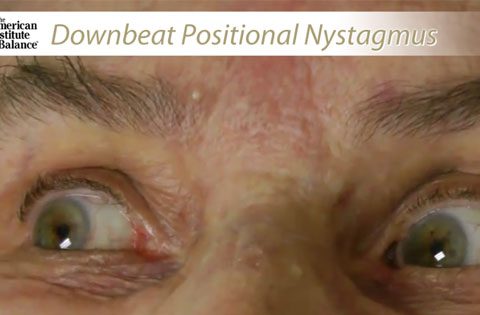
VIDEO: Cardiogenic vs. CNS Downbeat Nystagmus (DBN)
Published on: March 4, 2013
Downbeat Nystagmus (DBN) is among the most common forms of centrally mediated positional provoked nystagmus. It may also be accompanied by a transient dizziness or vertigo. It is typically only seen in ears as the vertical component in an AC-BPPV or with stimulation (acoustic) of a Superior Canal Dehiscence.
Although vertigo is typically associated with CNS or acute labyrinthine lesions, numerous investigators have reported vertigo in cardiovascular disorders (Newman-Toker et al, 2008 and Jung et al, 2009). While DBN is most often linked to lesions within the Vestibulo-cerebellum it has recently been ascribed to cardiogenic causes (Choi et al, 2010). Choi et al, also cautions of the possibility of focal TIA within the vertebral or basilar artery.
Case Study
A 78-year-old female is referred with complaints of positional dizziness. There was no precedent otologic/audiologic history or onset of focal neurological symptoms, other than those presented. MRI was read as “normal” but with the commonly reported age-related ischemic and atrophic changes. The patient is remarkable for a history of coronary artery disease, triple bypass and hypertension.
Modified Hallpike positioning (Roberts and Gans, 2008) was negative for a PC-BPPV response but provoked a non-transient DBN. The nystagmus was also seen in the supine position (SEE VIDEO), but not in side-laying positions. The referring primary care physician was contacted with a recommendation for neurology consult and correlation with previously obtained studies.
Pearls:
- The brain moves the eyes not the ears.
- Many patients are referred for “positional dizziness” but may have central or cardiogenic mediated symptoms including; non-transient vertigo, nystagmus, nausea etc.
- Beware of labeling patients with “non-classic” BPPV. If Canalith repositioning does not clear the involved ear, then it is highly unlikely you are dealing with an ear. AC-BPPV is very rare (1-3%) and is statistically and anatomically unlikely the cause of a non-fatiguing DBN.